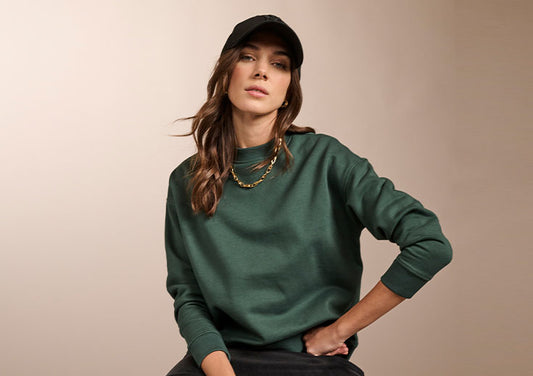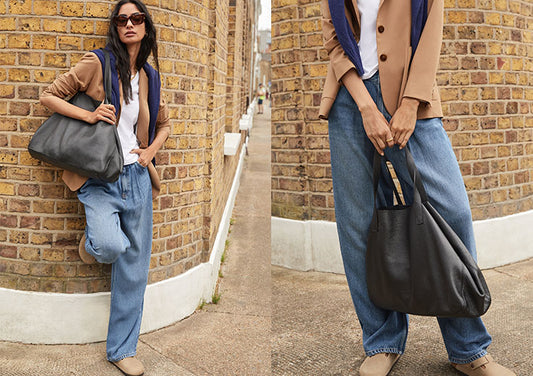H2COLOR

How does textile dyeing impact the environment?
Dyeing is one of the most environmentally intensive stages of the textile supply chain and an area that brands often have limited visibility of. The impact of dyeing is complicated because several factors play a part, such as fibre type, dye type and local and national laws and regulations. What we do know is that the carbon and water footprints are high and account for almost 30% of the impact of our garments.
When the fabric of our clothes is dyed, large vats of hot water are used to submerge the fabric in, which are then washed multiple times using hot water again. Many dyehouses are still using coal or natural gas to generate the energy to heat the water which releases carbon dioxide into the atmosphere directly from burning fossil fuels. Increasingly, factories are switching to electrical equipment, but the equipment is too expensive for many to adopt and does not help the problem unless renewable energy is being used to power these new machines.
Dyeing fabrics also uses a serious amount of water, which is problematic in areas where water scarcity is an issue but also means a huge amount of wastewater is produced that the dyehouses must deal with responsibly. The dye wastewater is filled with nasty chemicals and must be cleaned before being returned to the environment which again is resource and energy intensive.
As a brand, we are always working to find solutions to the environmental issues in our supply chain. The water and carbon footprints of our dyeing stage is a critical area of focus.

What is H2COLOR™ and what does it do?
H2COLOR™ is an innovative technology that can be used during the normal dyeing process of cellulosic fabrics – like cotton and viscose – to reduce the carbon and water footprint. It was developed in Portugal by Ecofoot, a company with roots in academic research who aim to provide solutions for this stage of the supply chain.
The technology works by replacing certain chemicals in the dyeing process to help remove excess dye from the fabric. This means that the number of washes needed during dyeing is reduced and colder water can be used, so less energy is needed, and less wastewater is produced. It then breaks down into harmless products in the wastewater so does not contribute to water pollution.
We are working with one of our manufacturers in Portugal that shares our values, LBT, and their dyehouse to be the first brand to implement H2COLOR™ on a commercial scale. Together with Ecofoot and LBT, we hope to introduce this technology to the wider fashion industry to create meaningful change and see measurable impact on fashion’s carbon footprint.
In their initial trials, they measured a 60% reduction in electricity use, a 20% reduction in process time, a and a 25% reduction in water use when dyeing ECOVERO™ and TENCEL™ jersey fabrics. We have used the technology to make six of our styles this season and we hope to extend this to our full range of cellulosic fibres. Our production partners measured a 30% reduction in carbon footprint with these styles but highlighted that H2COLOR could reduce the footprint by 55%, which has the potential to decrease our overall carbon footprint by 10%.

How does H2COLOR™ affect my clothes?
Part of the reason H2COLOR™ is so great, is that it can be used in the normal dyeing process, meaning it can be easily adopted by dyehouses, leading to cost, money and energy savings.
This means it doesn’t affect the colour, durability or cost of the clothing but reduces its carbon and water footprint.
During the trials with our manufacturing partners, they noticed that using the technology also resulted in better colour fastness of their fabrics. This means that the colour is less likely to fade over time therefore increasing the lifespan of your garment.
We are really excited about the impact that H2COLOR could have in our industry and we hope you join us on our journey to Fashion 2.0.



